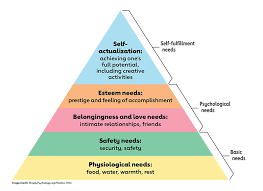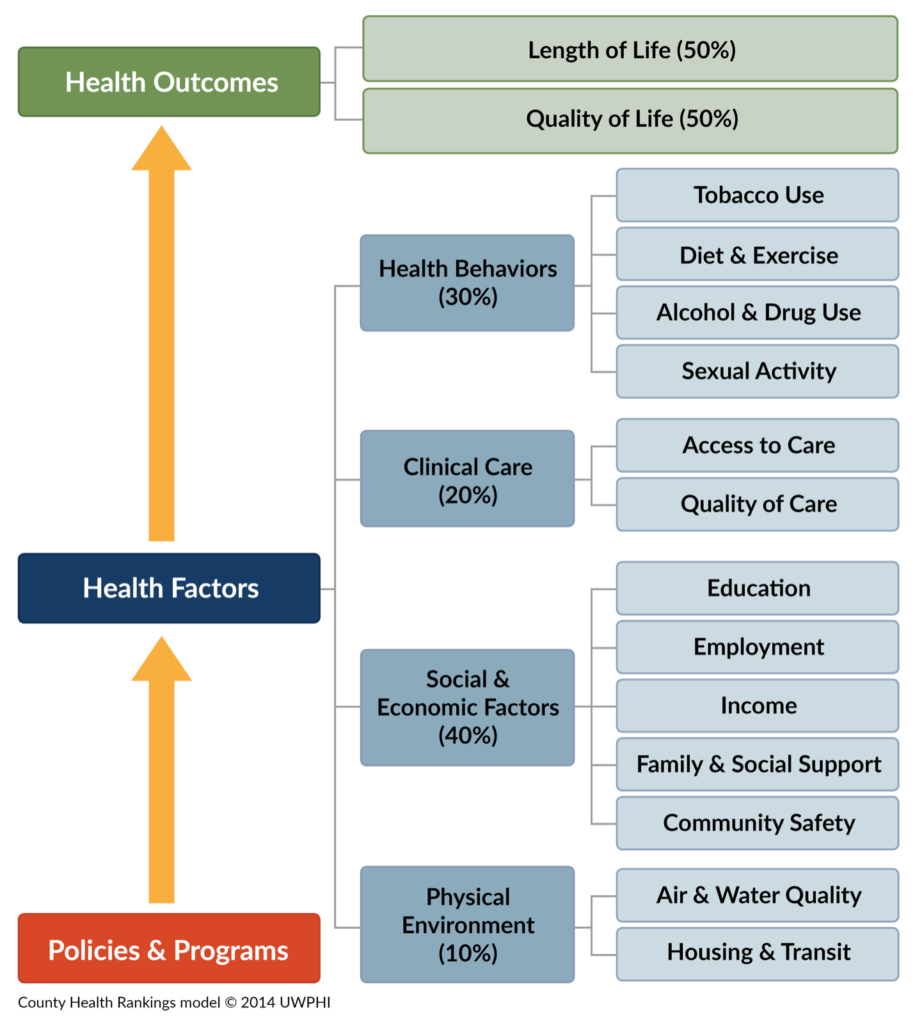

This is an article in a series about the issues that are strangling our rural communities and preventing us from moving forward into a healthy, happy, prosperous future. The first four articles were an attempt to lay out the situation that we, here in rural western Kentucky, as well as in much of the rest of rural America, find ourselves in. Ruralist # 5 was directed at our housing-related challenges and some proven ways to address them. Most recently, Ruralist #6 was an attempt to define the impact of the opioid epidemic, substance use disorder (SUD) and serious mental health issues, again, with some evidence-based programs to improve our responses to them. This article is about transportation, which is a particularly thorny issue in rural places because the two defining characteristics of rurality–small populations and low density–make it especially difficult to come up with public transportation options that are economically viable and sustainable. Challenges aside, it’s just something we have to do. People have to get places. It doesn’t matter how good a resource is if the person who needs it can’t get to it. This is especially true for people with mobility issues, who often can’t get anywhere at all without a properly-equipped vehicle and driver.
There are few transportation options available in our region of western Kentucky. PACS (Pennyrile Allied Community Services) which serves some of the counties in the region and GRITS (Green River Intra-county Transit System, which is run by Audubon Area Community Services), which serves the other counties, provide what public transport there is. Both PACS and GRITS have the primary mandate of providing medical-related transportation to Medicaid patients. This mandate and the regulations that govern how they operate is determined by the ongoing federal grant that primarily funds PACS and GRITS transportation. If PACS or GRITS has spare capacity, they are allowed to offer call-a-ride services to qualified people outside of Medicaid, but the service is fairly expensive and difficult for some people to engage. PACS currently partners with the city of Hopkinsville, in Christian County, to operate a fixed route bus service in the city and PACS also used to have a similar arrangement with Madisonville, in Hopkins County, but that service was discontinued in the summer of 2023. The city of Henderson, in Henderson County, operates a municipal bus service in the downtown area. There are also a few for-profit car services around the region, but they are generally too expensive for lower-income people to use. In summary, outside of Medicaid transportation, there are few transportation resources available to the people of this region.
This lack of transportation is another of those issues that tends to impact many others. It’s hard to be healthy if you can’t get to the doctor for medical issues, get to fitness and recreation facilities for exercise, get to the grocery for decent food, to the school for job training or just to your job, period. How about court appearances or child visitation? Community-based organizations and social service and healthcare providers are constantly being challenged by people who do not have access to reliable transportation. It’s a foundational issue in rural places. Many people just don’t have vehicles, or even reliable access to someone who can give them a ride. A lot of people who own vehicles are one breakdown and repair bill away from losing it. Some who have vehicles can’t always afford to put gas in them, much less maintain them in safe operating condition.
A quick aside: when I first moved back to my hometown of Madisonville to work in administration at our hospital, the very first issue I heard about was when two of the other administrators were discussing a cancer patient on chemo who was having difficulty getting to the hospital multiple times a week, because he couldn’t afford the gas. The hospital wasn’t able to provide the patient with gas cards, because there are rules about what sorts of things like that hospitals can do. I can’t even begin to count how many times since then that I’ve been confronted with very basic transportation needs that prevent everything else from happening. The situation got substantially worse in 2023. We used to have a regional cab company that not only provided call-a-ride taxi service, but also subcontracted out a substantial amount of Medicaid and other health-related transportation for PACS and GRITS and for various medical providers throughout the region. This business shut down very suddenly in February of 2023, causing a great deal of difficulty, everywhere. Then the bus service in Madisonville shut down in June, adding another blow.
PACS and GRITS are doing what they can, but their primary mission is Medicaid transportation, and they can’t be what is needed to fill all the gaps in our public transportation network. They should certainly be a partner in anything we might do to improve our transit, but they can’t be the primary driver. Fortunately, again, we don’t have to start from scratch. There are examples of successful, sustainable public transit in rural places around the country. Some are fairly traditional services, such as the Fulton County Transit Authority in the Purchase Area of Kentucky. They operate busses to move people mostly within and between Fulton, Graves, Carlisle and Hickman Counties and out to Paducah and other larger towns in the region, which is where most of the services available to the area are. Others are taking advantage of technology to make their services more cost-effective, using technology similar to Uber, for instance, to connect vehicles to riders. Electric vehicles are also an option for some services, again making transit more affordable and sustainable. EVs are obviously only part of any strategy because of range limitations in spread-out rural areas, but they can be part of the answer. We also need to consider other non-traditional options, like making development walkable.
As we build a strategy to provide reliable and sustainable transportation in our region, we’re going to have to think creatively and try out different options. Some will work and some won’t. Some might work in the more populated areas of the region and not in the less populated. One key is that any plan needs to involve all the participants—riders, service providers, government, employers, education, as well as transportation experts. Efficiency is the key to long-term success and cooperation and collaboration is the key to efficiency. It also just makes sense to do this on a regional, as opposed to local, scale because setting a system up will be the hard part. Scaling it up will be relatively easy.
Getting transportation right will have broad effects on our region. It will impact our workforce, allowing people who can’t hold a decent job because they don’t have reliable transportation to become dependable workers. It will improve health from prenatal to elder care. It will allow some seniors to remain safely at home because they can get to the grocery or the doctor or the senior center. It will be an economic boon, because it will make our communities more attractive to prospective employers and attractive to younger people thinking about moving here but who like public transportation options. On a larger scale, an efficient public transportation system is also good for the planet.
We have to get this done, because, right now, our lack of transportation options is acting like a dam that is slowing down or preventing progress on many of the other fundamental challenges we are facing. This isn’t a choice. It’s a requirement.